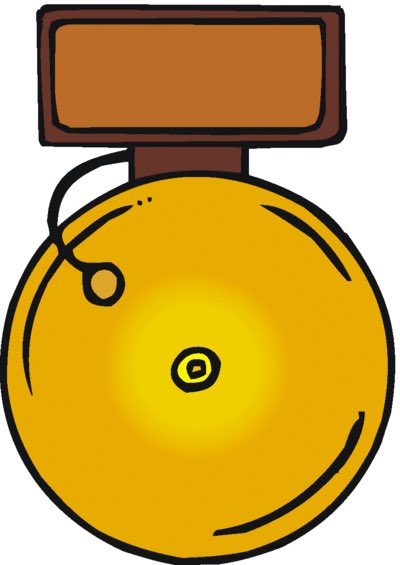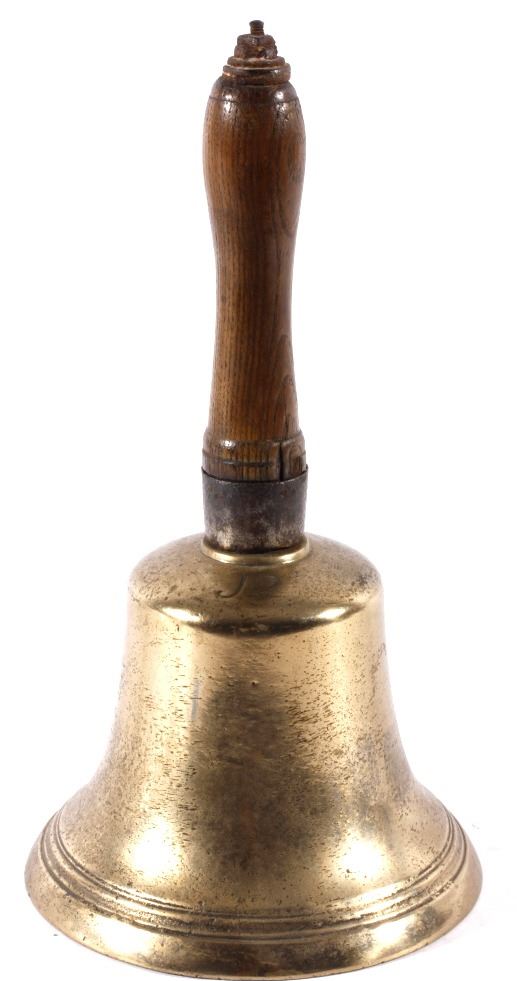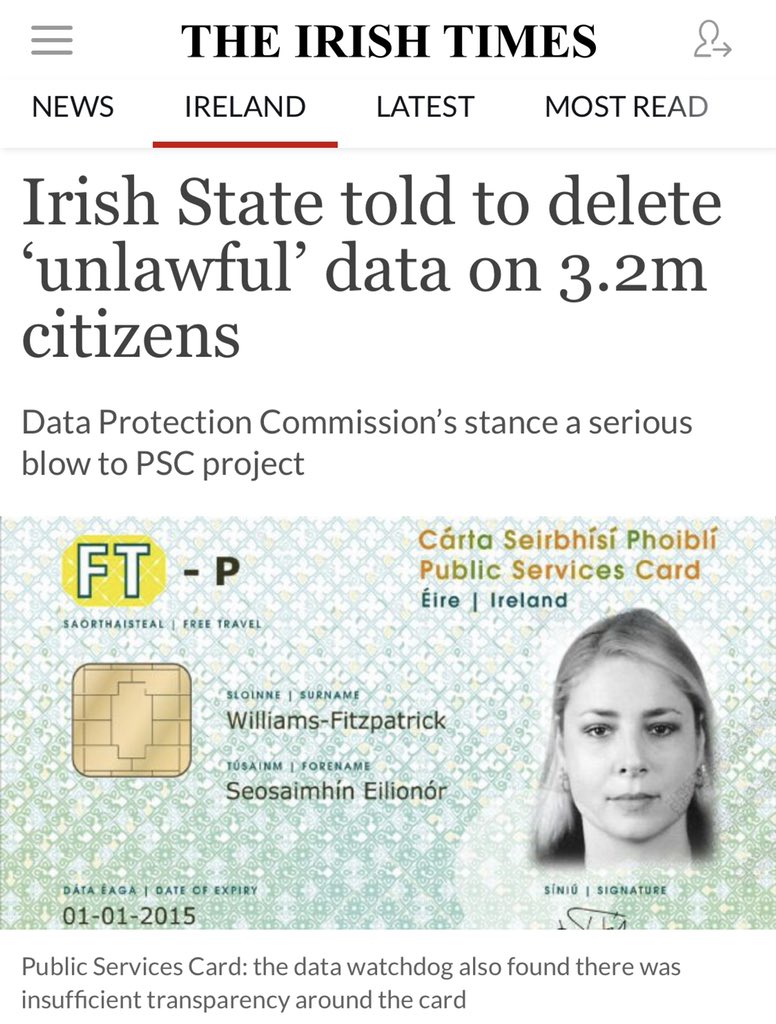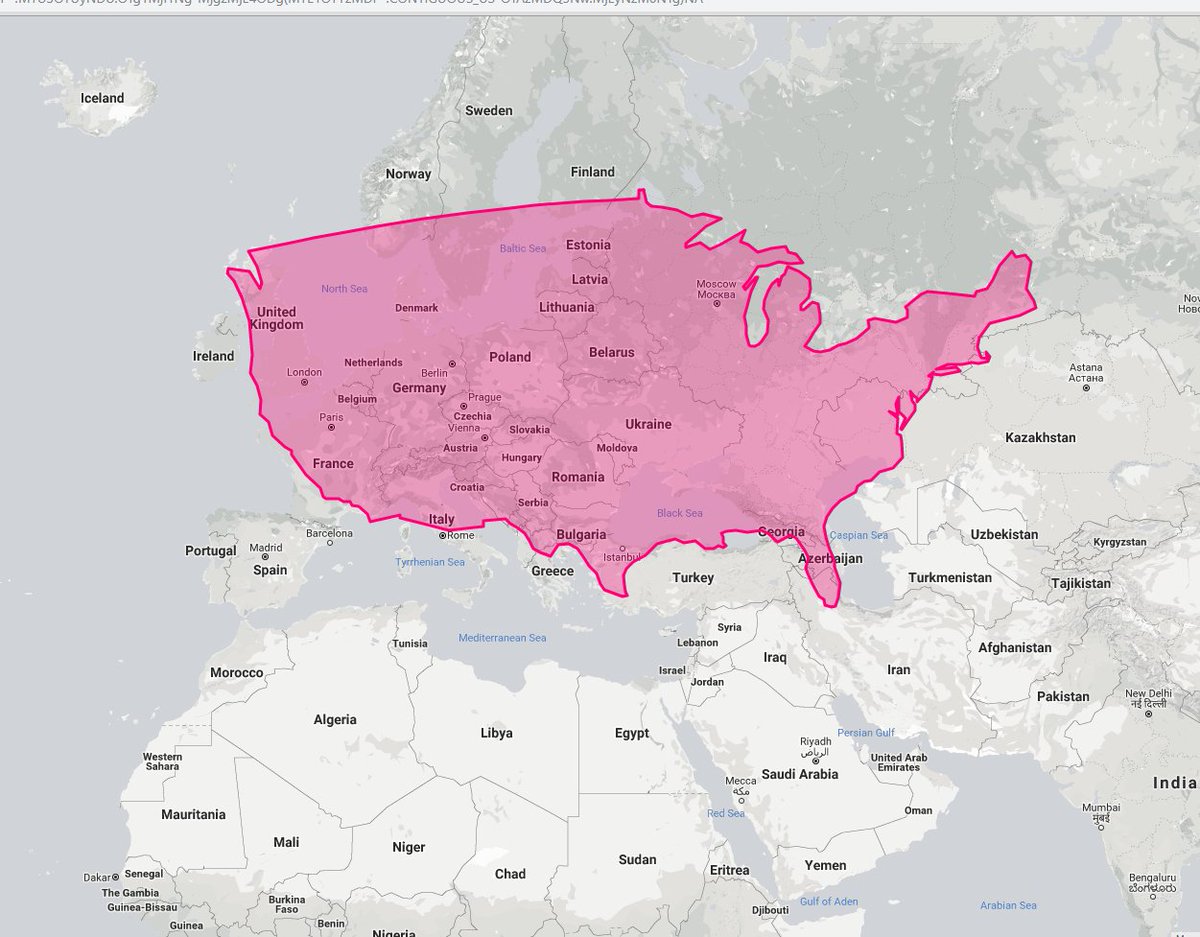Welcome to #ComicsSchool. DAY TWO!
Today will be fun, but a bit intense!
SO let’s get to it!

But a couple notes here, before we begin talking about OUTLINES and FIRST PAGES.
The idea was to choose or roll a genre, and write TWO SEPARATE springboards for a 5-8 page story in that genre.
Many already posted theirs...
Remember, you don’t HAVE to share them. But if you do, I may potentially talk about them. Don’t worry, it’s not scary!
It is a brief, brief, brief idea for a story.
That’s a springboard.
Remember, at every stage, you are trying to sell your story, told your way. Don’t give your editor reason to yawn, okay?
Readers believe the READER is their customer. And it’s true, they are.
But they aren’t the FIRST customer.
Then you AGAIN have to sell to the publisher.
Then you AGAIN AGAIN have to sell to the retailer.
FINALLY your customer is the reader.
So this is something every potential comics writer has to keep in mind, at least when going through traditional comic shop distribution (hand selling or crowdfunding skip these).
I read a TON of the springboards people put up yesterday, and I was surprised and DELIGHTED how many of you got the concept so quickly.
I am really, REALLY proud.
KEEP THEIR NEEDS IN MIND AT ALL TIMES.
Show your work. Let someone read your springboards.
Have that person read both springboards, and pick the one they most like. And students, THAT becomes the story you will write.
It is not YOUR choice, it’s FRED’s.
The point here is, someone ELSE chooses which story you write.
Got it?
Now, again, I was IMPRESSED by the #springboards I saw. I cannot WAIT to see what you do with the next stage.
‘A young squire becomes imbued with amazing powers that could change the course of the war that is raging between the Humans and the Fae. But which side will the squire fight for now?’
“Horror/crime
Nine year old Charlie Dixon fell asleep at home in his bed but woke up somewhere else. Now, hunted and stalked by a demon hell bent on keeping him in this familiar but different place, Charlie must learn to face his fears if he is to survive and escape.”
THAT is what a springboard is for. And it sells YOUR idea to your first customer, Fred the Editor.
Great job, guys!
Congratulations, that is a HUGE first step.
But check them out, there’s a LIBRARY of story potential there.
We are going to use two pages, and they stay in the book, they don’t go in the roadblock box.
Write at the top of one page UNIVERSAL TOOLBOX
Then PERSONAL ASSETS on the next.
We talked a little about the first two, anyone remember them from yesterday’s lesson?
Now, these are not hippy-dippy ideals. These are things you NEED.
FOCUS. Focus is what keeps scope creep away, it makes you a person who FINISHES things, and it keeps your story lean and mean.
PASSION. Passion is your drive. Your WILL as a writer.
1). FOCUS
2). PASSION
Today we are talking a little bit about number 3.
3). CRAFT.
But you have to have SOME of all, okay?
PERSONAL ASSETS is a list of what weapons YOU PERSONALLY have that could be helpful to you as a writer.
It can be anything,
Large vocabulary? Multi-lingual? Unusual background or skill? Education?
This list is for you, you don’t have to share it. But I am willing to bet you have more in the PLUS column than you think.
This is an essential step.
INDUSTRY SECRET OF THE DAY #2: You actually will write your story, or some version of it, potentially several times.
Springboard, outline, first draft, revisions.
That’s optimal. It can be more!
But here is the thing. The OUTLINE is where you start to shape your story, this is where you use your toolbox. You’re not selling so much, you’re making assembling the story.
But for today, I am going to give you a potential method, and an actual example.
In comics, you would then go to an outline.
The outline is the halfway point between the springboard and the first draft. You tell the story, including major beats and characters.
And as a reminder, NOT ALL STORIES WORK THE SAME WAY.
BUT!
Most stories have similar elements, regardless of length.
Introduction (establishes scene and character)
Conflict (puts our character in a situation of increasing stress)
Climax (a resolution, not the dirty thing you are thinking)
And POSSIBLY a denouement, an after-climax character moment.
First, one of the hottest writers going, @TomTaylorMade, has this advice about the importance of outlines.
You can’t forge diamonds.
I should have deleted that in the outline.”
And you have to start over. The OUTLINE is the place to try for an outrageous idea.
Thanks, Tom! Everyone follow Professor @TomTaylorMade, he’s awesome.
But just a couple more words on the outline portion. EVERYONE does it differently.
Keep it brief, cover all the main character beats, INCLUDE A CLIMAX OR RESOLUTION.
One of the greatest fiction weapons is the REVEAL. This is someone that the reader and/or protagonist doesn’t know. It’s a secret. It’s a locked box that someone opens in the story. “Luke, I AM your father” is a REVEAL.
Almost every great work of fiction has them, many revolve completely around them.
And using one shows you are growing in CRAFT.
So consider, is there a secret in your story?
What does an outline LOOK like?
For @jodyhouser, she breaks down the story page by page and tells what happens in each.
OR it can be an expansion and fleshing out of the techniques used in your springboard.
He goes by journalism rules of WHO WHAT WHY WHEN AND WHERE.
Who did What, why did they do it, When did they do it, and Where?
That works really well for me.
I asked the hardest working, most over-prepared writer in the business for an example and he kindly opened a page from his normally locked patreon, for an example of an outline, just for you #comicsschool students. This was extremely nice of him!
PLEASE take a look, this is INCREDIBLY valuable information.
patreon.com/posts/6791009
He also has one of the BEST comics patreons out there.
You have your two exercises for the day, right?
1) Get a Fred to choose your springboard, and
2) List the writer assets YOU feel you have.
Now, your homework, and it's going to be FUN.
Well, I'm not!
You most certainly can, if you want, it's VERY good practice.
But I have a DIFFERENT homework assignment for you today.
Write the first page.
JUST the first page.
THEN and only THEN...
...you write your first page, to the story Fred chose. Got it?
You will make mistakes. That is okay. There's an important lesson here.
OR you can simply do a format like this...
This page is a four panel grid.
PANEL ONE: A lonely warehouse in the snow, the roads are blocked, a man in a black overcoat, breath trailing vapor in the cold air, leaves footsteps as he walks to the abandoned building.
Do NOT worry, you can NOT mess this assignment up.
We just want to see what you come up with, got it?
Two exercises and a single scripted page!
Feel free to post your work on this thread as a reply, if you like.
So!
1) Find a Fred to chose your story
2) List your personal writer assets
3) Write the first page, do NOT self-critique!

















